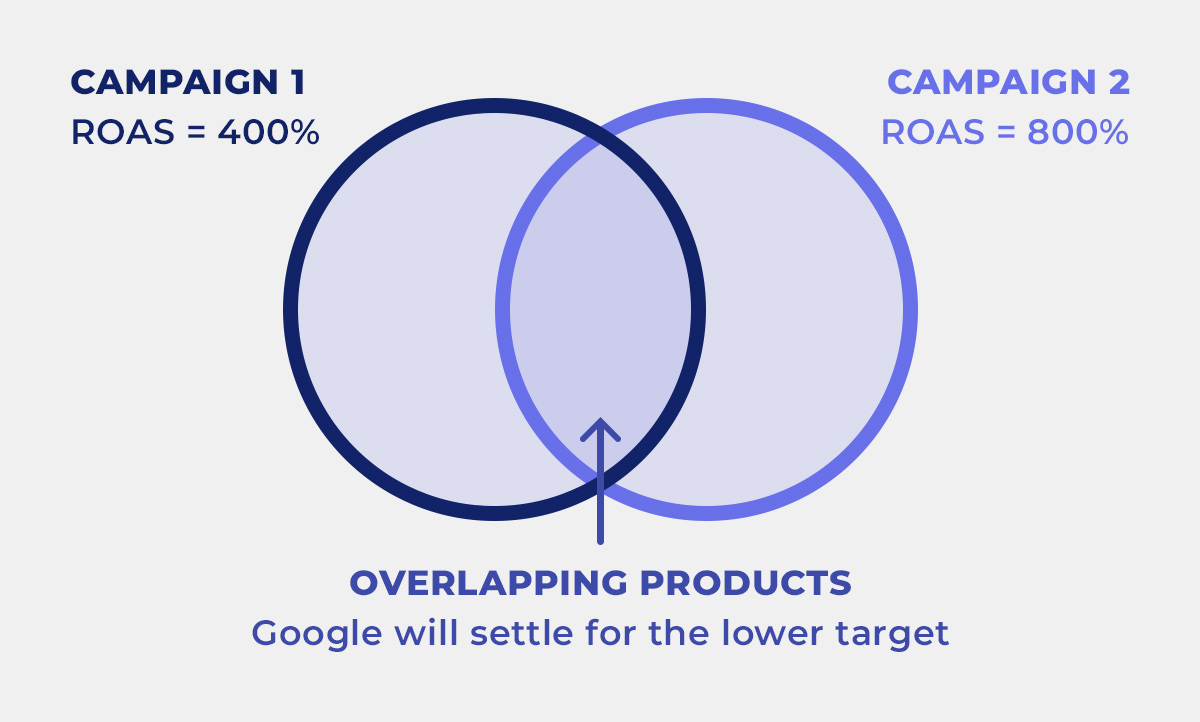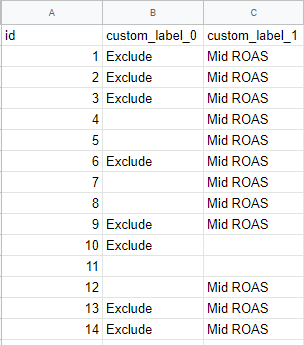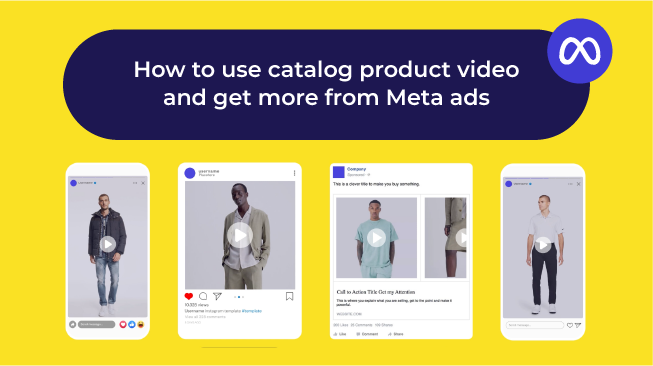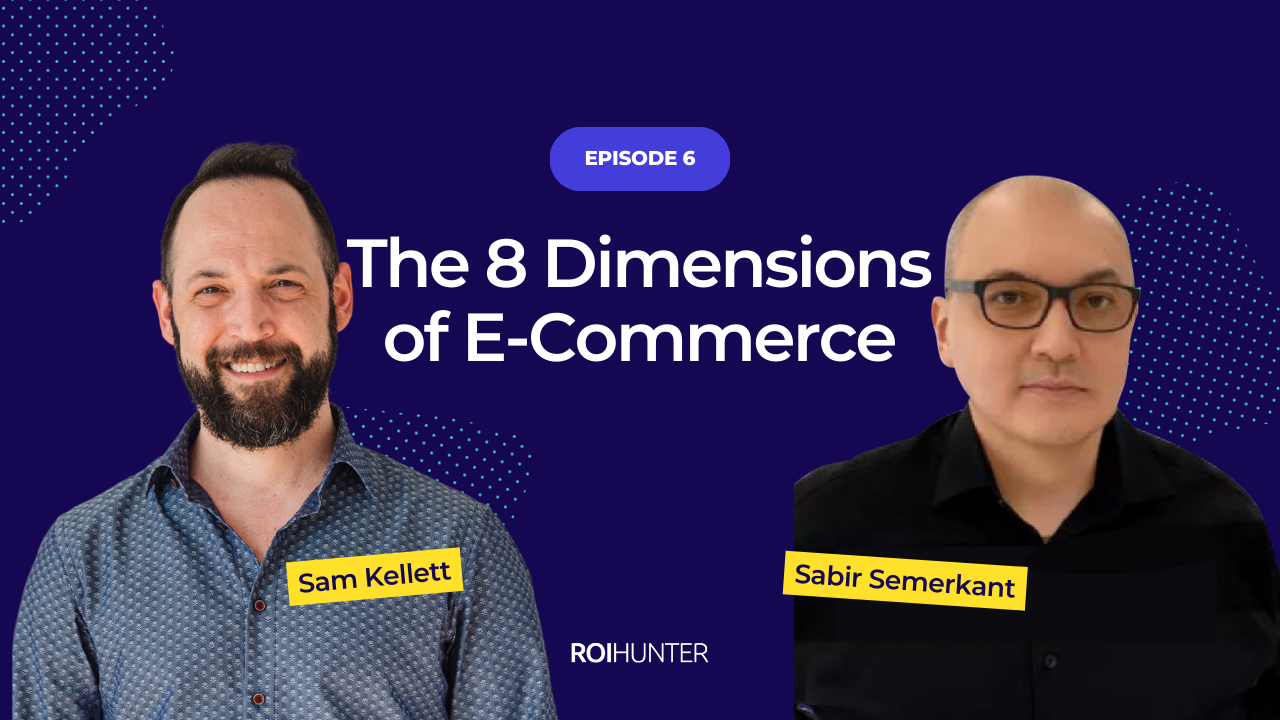Google Shopping Ads, AKA Product Listing Ads (PLAs), have become indispensable to retailers of all sizes. These ads are so popular, they’ve eclipsed even traditional text ads on Google in terms of spend.
This article will briefly discuss the importance of using Google Shopping, and how you can greatly improve any Shopping campaigns you’re currently running.
What's So Great About Google Shopping?
Google Shopping ads now drive 76.4% of all retail search ad spend. They generate 85.3% of all clicks on Adwords or Google Shopping campaign ads. [Source]
Considering the fact that Shopping ads have become so important to advertisers, there’s a belief and hope that Google’s algorithms will deliver results each and every single time. The average conversion rate for Shopping Ads stands at 1.91% and goes as high as 2.7% for Beauty and Fashion product lines. However, not all Google Shopping campaigns are made the same.. Although Google Shopping Ads are a powerful way to promote your products, marketers need to set it up for success to achieve an optimal outcome.
From our experience working with our clients of all sizes, from mom-and-pop stores to large global retailers, we’ve put together four best practices to greatly improve the results of a campaign. If your company is in the fashion, retail, cosmetics, or home appliances space, we’re confident these steps will have a positive impact on your campaigns, almost immediately.
1. Goal-Based Product Groups For Better Visibility and Performance
Google’s default option is to promote all the products in your inventory. It makes sense for Google because the more data it has about your products and its attributes, the better it can train its algorithm. Unfortunately for retailers, they can’t tell which of their products are being promoted and why, because Google’s algorithm is a black box that uses a variety of unseen signals. In order to gain more control over your promotions, create a separate product set optimised toward a specific goal, with its own bid and budget. Take a look at the examples below, or click here for more details.
|
Objective |
Solution |
|
Reduce elevated seasonality costs |
Review what you have in the warehouse and create a campaign focused on clearing deadstock |
|
Segregate products based on their Return on Ad Spend (ROAS) |
Form groups of products based on Low, Medium and High ROAS buckets |
|
Increase Overall Revenue |
Identify your high margin bestsellers and promote them separately with more limelight |
|
Promote New Arrivals |
Identify products that have very little to no impressions and promote them in a separate campaign |
2. Monitoring Campaigns to Avoid Product Overlaps
Large advertisers run hundreds of shopping campaigns at any given time: Brand or Non-Brand Campaigns, Bestseller Campaigns, Category (Shoes, Bags, Clothes) Campaigns, and so on. This means a sizable number of your products might be getting promoted by two or more campaigns at the same time.
This is not a good practice, because Google promoting one campaign with a doubled product can come at the cost of undermining the goals of one of the other campaigns.
EXAMPLE:
- Campaign 1 has an ROAS of 400%
- Campaign 2 has an ROAS of 800%
- 15 products that are being promoted by both campaigns
When you promote one of the 15 products, you are bidding against yourself. Let’s say Product 10 of the 15 was supposed to achieve an ROAS of 800%. If it was also in another product group with an ROAS target of 400%, Google will settle for the lower target.

3. Augmenting Your Primary Product Information With Custom Data
Create custom product sets based on your business goals, rather than leaving all the decision-making to Google. Leverage the option to create your own buckets of products based on the importance to your business. Sticking to the rigid Google structure leaves large opportunities to go by within your product inventory.
You can even create your own rules by adding values for Custom Labels in the feed to group products by specific characteristics.

EXAMPLE:
Let’s say you want to exclude certain products from a campaign promoting a product set. Instead of having to manually weed out products from the campaign, or manually remove them from the primary feed, you can simply add the value, ‘EXCLUDE’, under one of the custom labels available to you. You can then easily exclude the products with this value on the custom label from your campaigns on Google Ads.
4. Using Supplemental Feeds to Enrich Product Information
Primary feeds are designed to have just the minimal amount of data required for advertisers to start running campaigns via Google Ads. In the event that advertisers wish to improve the feed by correcting obsolete information or simply adding new information, Supplemental feeds allow them to do so without having to touch the primary data source.
These feeds do not act as a replacement for the primary feed, but rather, offer advertisers an easy way to augment additional attributes that are not otherwise available in the primary source. Supplemental feeds allow you to add 50 different types of data, which helps Google’s algorithms to learn more about your products, thereby improving their performance, as well as the end-user experience.
EXAMPLE:
Let’s say you want to have a special Early Bird Thanksgiving Sale Price for 25 products, out of your catalogue of 2500. Instead of manually scouring for the Product IDs, then modifying and adding the sale price in the Primary Feed, you can simply create a supplemental feed with the 25 Product IDs, their Sale Price, and the effective data of the sale, and upload it to the GMC. This simple process saves a lot of time and hassle, and removes the risk of messing with the Primary Feed for small changes.
Final Thoughts:
In a time when companies across the globe are struggling to remain profitable, these best practices are a secret weapon to help companies become more efficient and focused on the goals they define.
Combining Google Shopping campaigns with custom labels and unique product buckets makes it possible to take complete control of your campaigns, improve ROAS, decrease costs, increase revenue, and scale your company sustainably. If you’re interested in learning more about creating incredible dynamic campaigns, check out this e-book.


.png)
